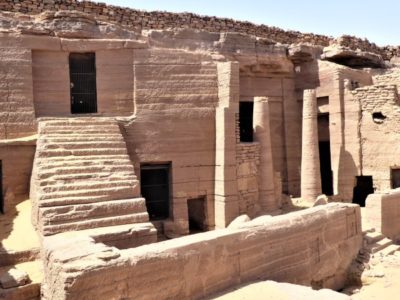
Today we will talk about one of the most important semi-engineered constructions of the twentieth century. This is the Aswan High Dam. Its construction began in 1960 and ended in 1970.
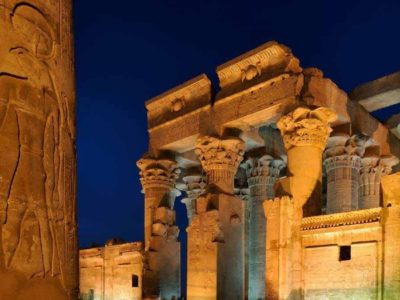
The Kom Ombo Temple is situated in the namesake hamlet in Upper Egypt, in the country's southernmost region, and is the country's most important religious site. The construction of this house of worship took place during the reign of the Ptolemaic dynasty. Visiting the place while on a cruise on the Nile is especially attractive, since the temple is located directly on the bank of the Nile, where ships dock, and it is a sight to behold the figure that stands out on the promontory of Kom Ombo (the hill of Ombos), overlooking a narrow section of the river basin.
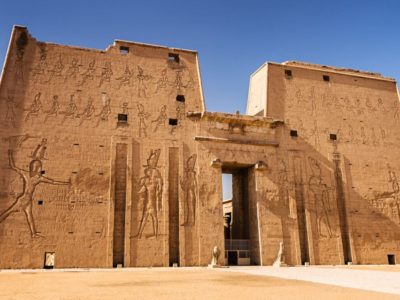
Edfu is a city of approximately 60000 inhabitants, located on the west bank of the Nile, more specifically between the cities of Esna and Aswan; this magnificent Egyptian city, surrounded by palm groves, desert, and suggestive granite mountains, has much to tell about its ancient past, beginning with the time when it served as the important capital of one of the regions of Upper Egypt, and continuing to the present day.
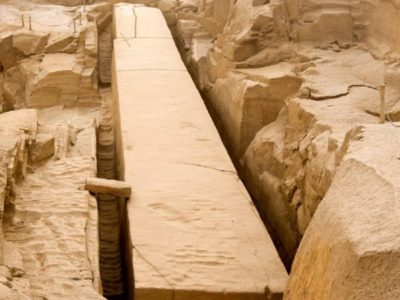
When seeing the remains of colossal structures strewn across Egypt, it is uncommon to take the time to pause and consider the numerous steps that were required for their completion. With the unfinished obelisk, we have a once-in-a-lifetime chance to analyze this intricate process and the difficulties of shaping the enormous stone blocks that were used in the construction of most Egyptian structures.
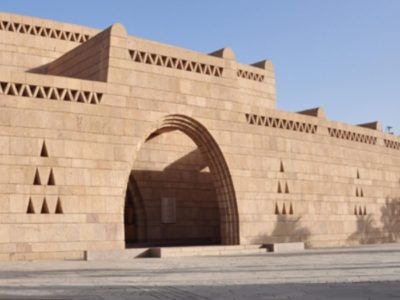
The Nubian Museum, which opened its doors in 1997 after 10 years of hard effort, is now widely regarded as one of Egypt's most significant museums. Created to preserve ancient Egyptian monuments that had been salvaged from the waters of the Nile and those that had been found during operations, the museum was the result of a collaboration between local experts and UNESCO with aid from the World Heritage Organization.

